Israel / Palestine
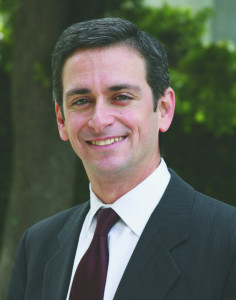
Hearing and Hearing Out
If you’re like me, the intractable status quo between Israel and the Palestinians is really getting you down. Ever since Yitzhak Rabin’s handshake with Yasser Arafat on the White House lawn nearly 24 years ago, my heart has been given over to the Oslo accords. An Israel and a Palestine, existing side by side in...
more
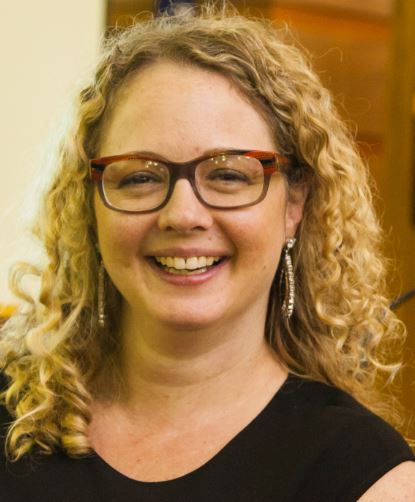
Silence Implicates Us
“The most urgent, the most disgraceful, the most shameful and the most tragic problem is silence.” These words were spoken by Rabbi Joachim Prinz, one of two Jews to speak at the March on Washington in 1963 alongside the Reverend Martin Luther King, Jr. Rabbi Prinz knew of which he spoke, having served the Jewish community...
more
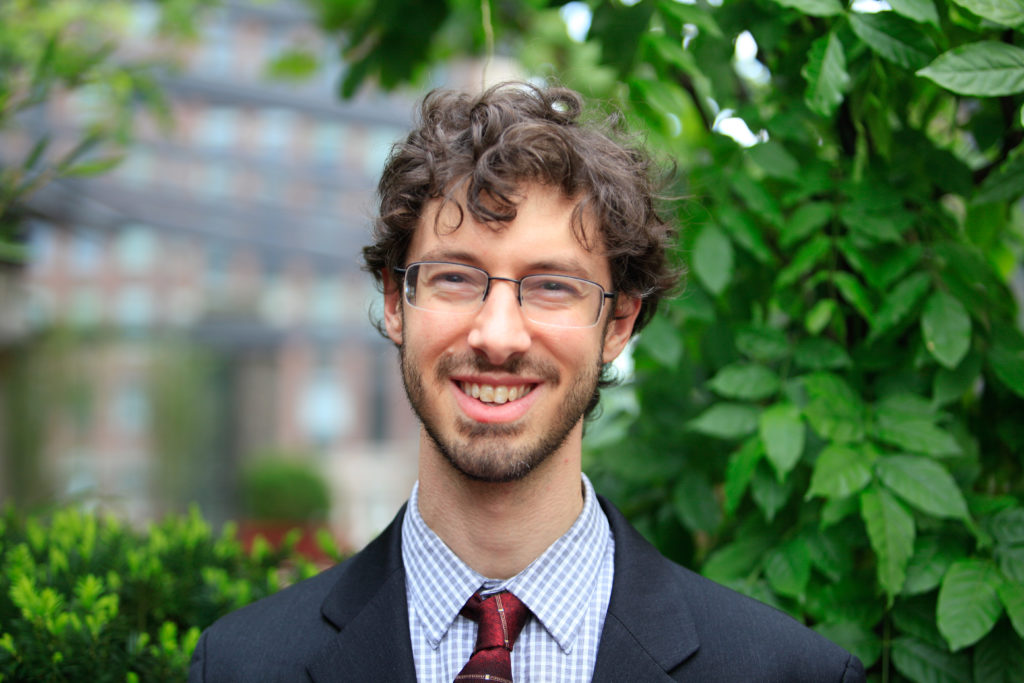
The Fast of Inevitability
“This isn’t a marathon we’re in. It’s a sprint.” I was privileged to hear Rabbi Sharon Kleinbaum say these words to a small group of rabbis last week, and it chilled my blood. It was the exact opposite of what I have been hearing from activists since November 9th, that we need to prepare and...
more
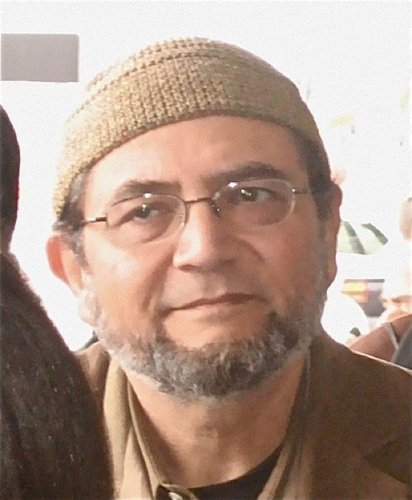
Not By Might: My Israel/Palestine
I am starting to write this from a cramped seat on an El Al flight to join the Center for Jewish NonViolence action from May 14-23 in the West Bank. I’ve been asked to drash Beha’alotecha in light of this trip, but, full disclosure, I have to write now because there won’t be enough time after...
more
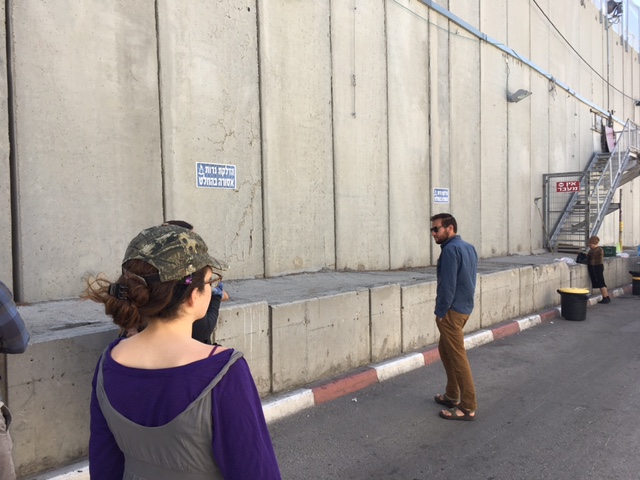
Hallel for Yom Yerushalayim
In Israel, it is common for religious Jews to celebrate Yom Yerushalayim with Hallel, the psalms of praise sung on Jewish holidays. In the US and Canada, different communities have different practices. Rabbi Ezra Weinberg has curated a series of tunes for Hallel that are thematic to Jerusalem and set a more mournful mood. This captures...
more
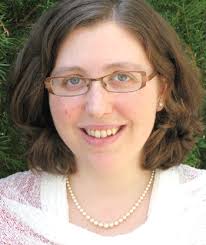
Atzma’ut and Atzamot: The Bones of Israel
Reading haftarah on Shabbat Chol HaMoed Pesach, we saw through the prophet Ezekiel’s eyes a valley full of dry bones (bikah meleah atzamot) declaring that their hope is gone (avdah tikvateinu). For a living human being, bearing witness to human mortality at vast scale is profoundly unsettling. These bones in earth show us where we come...
more
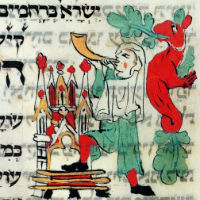
Yovel (Jubilee): Condensed Resources
If the full yovel sourcebook feels a little overwhelming, consider these two condensed forms as a starting point. The Yovel Sampler offers one text from each of the eight sections, in Hebrew and English, with discussion questions. It’s a great way to get the 30,000-foot view on yovel in a single class. The “Yovel at...
more
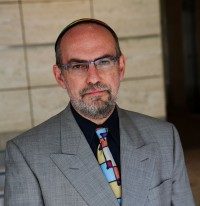
The Halakhic Status of the Occupation
Many groups and individuals have decried Israel’s occupation of the Palestinian territories on moral or legal grounds. The purpose of this white paper is to envision what the values of the halakhic tradition might be if we considered the State of Israel and its occupation through those eyes. Its analysis will also inform to some...
more
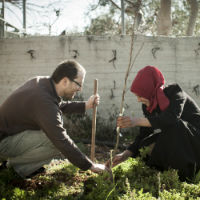
Yovel Text Study: Return
The Jewish mystical tradition offers depictions of periodic cosmic rebirth, in which every 50,000 years, the entire universe returns to its original state. This can be seen as a more mythic, cosmic version of a the radical notion of land-return in our earthly yovel, the biblical commandment in which every fifty years, land would return...
more
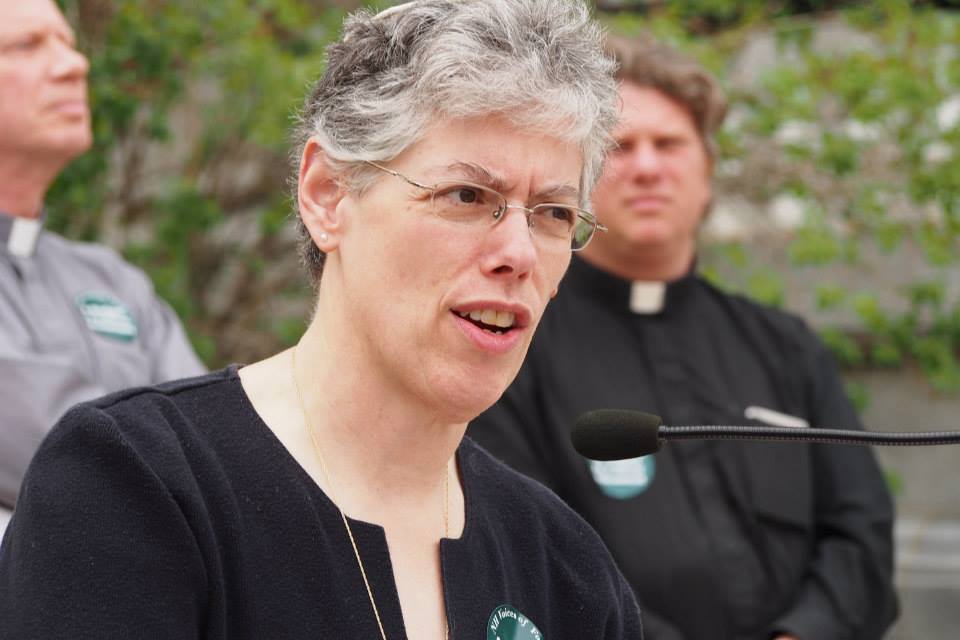
You Can’t Leave Anyone Behind
I love Israel. But I could never live in a place called “the Jewish homeland” when progressive Jews are treated as second-class citizens. In Israel, the Orthodox establishment controls matters of personal status – primarily conversions and marriages. Jews who wish to be married, religiously, by a Conservative, Reconstructionist, or Reform rabbi generally leave the...
more
